Maggie Dunlap’s Teenage Murders
|ARIANNA CASERTA
In 1999, net-artists Eva & Franco Mattes trolled the 48th Venice Biennale by presenting the works of Darko Maver, who had seemingly created, disseminated, and photographed hyper-realistic sculptures of corpses.
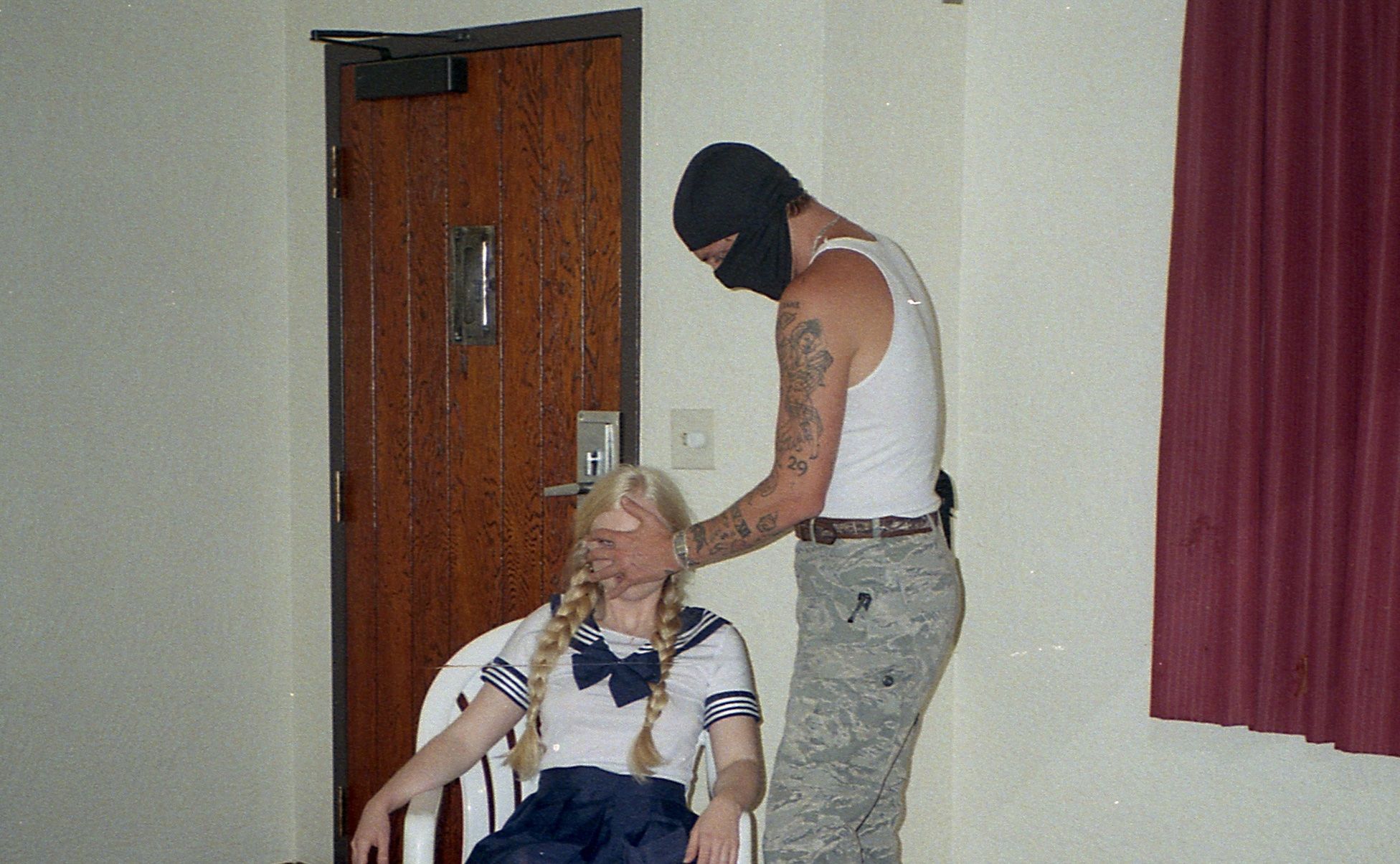
The gory photographs amazed art-world folks with their sculptural craft and these cleverly narrativized artifacts seemed to be imbued with art’s usual charge of sublimating the unspeakable. But, Darko Maver did not exist, and his so-called “sculptures” turned out to be pictures found by the artists on the now defunct website rotten.com, an online archivethat gathered photos of real accidents, battered corpses, and mutilations in a place known as the worst side of the internet.
25 years later, users navigate another form of the morbidly strange web: one that is an infinity mirror of corporate ads, short-form clickbait videos, and Kids YouTube’s AI-generated rubbish, and where war influencers and true crime podcasts flirt with the twisted parts of ourselves, thereby normalizing them. An opposite operation to that of Darko Maver is conducted in Maggie Dunlap’s True Crime Series (2020–2022), where the Washington DC-born artist staged horrific pictures of putrefying corpses and spread them across the internet, collecting reactions from scared, curious, shocked, and voyeuristic users. Dunlap, who was born in 1995—just one year before rotten.org—and received a MA in Contemporary Art Practice at the Royal College of Art, investigates the way in which media and the human attraction towards morbidity have grown together over time, creating an ever-lasting bond between trauma and the hyper-mediated world.
With Arianna Caserta, Dunlap talked about haunting lost media, morbid message boards, the creepiness of AI-generated imagery and one piece of murderabilia that has found its way to her in a spine-chilling way.
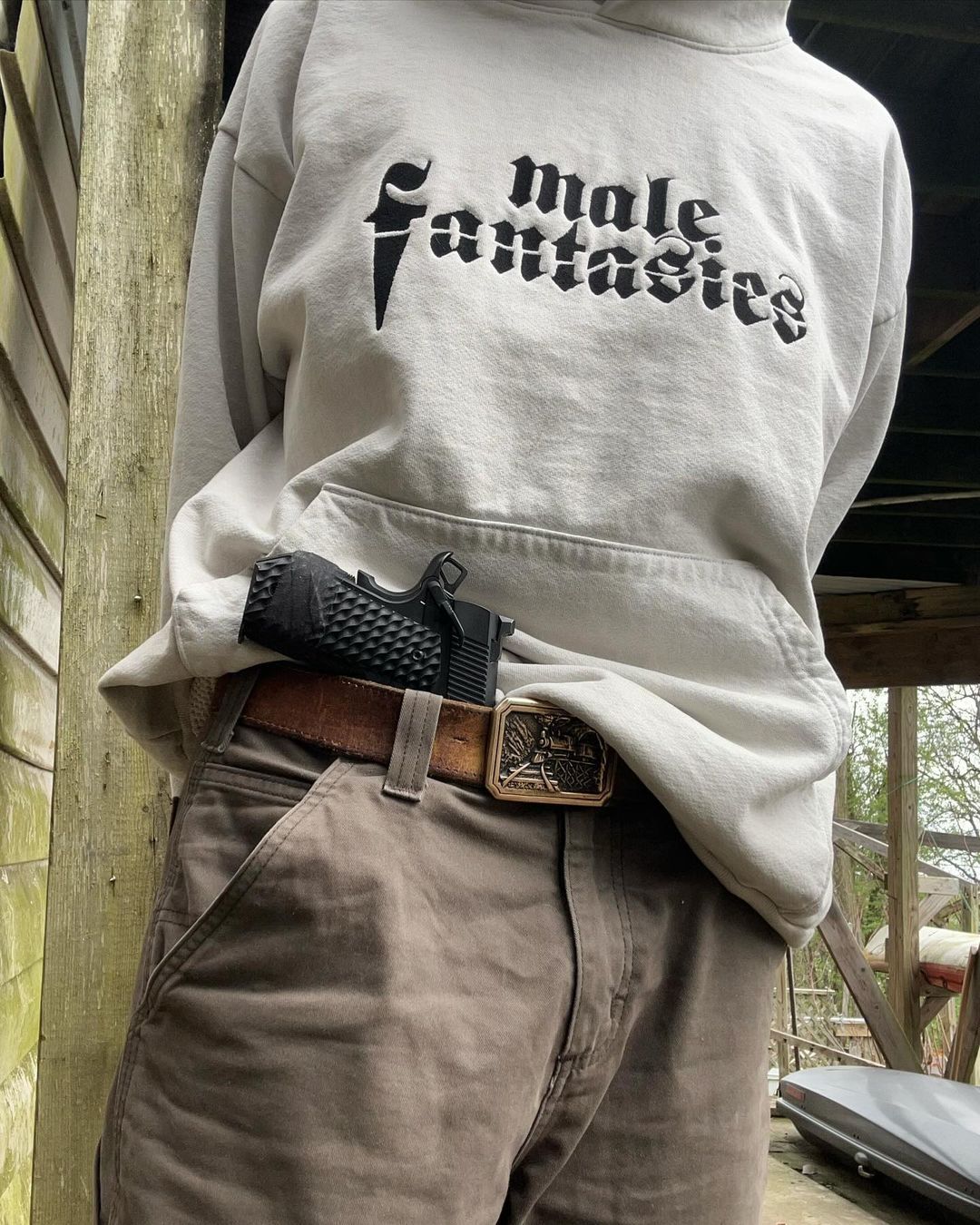
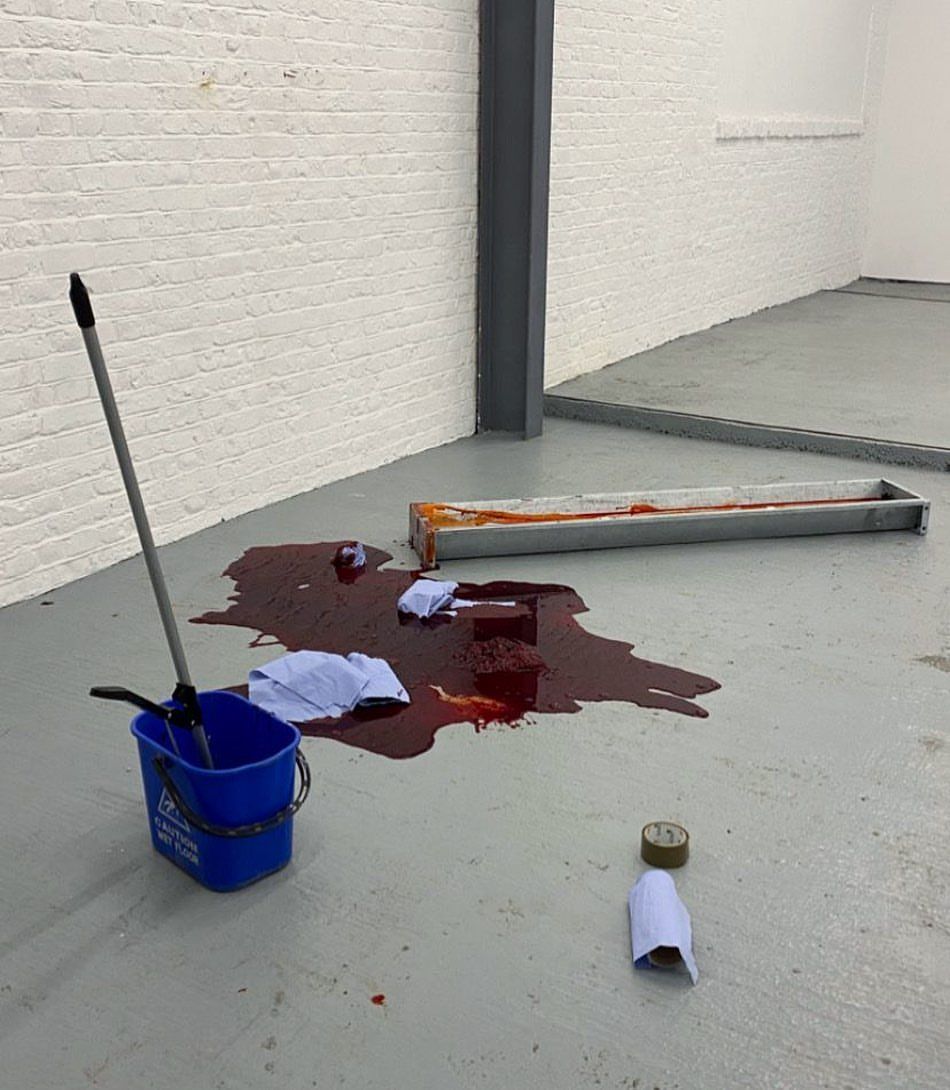
ARIANNA CASERTA: The True Crime Series was not interested in showing the “odd areas” of the internet but was focused on the users’ reactions and attraction to a certain kind of image without source. What fascinates you the most about this ever-growing curiosity towards crime, horror, and graphic content?
MAGGIE DUNLAP: Eva and Franco Mattes, and other Luther Blissett style troll campaigns, were my most direct inspirations when making the work that would become the True Crime series. True Crime is the inverse of Darko Maver: I am an artist making fake crime scenes and snuff images and releasing them in a context that legitimizes them so as to be read as “real” by a non-art audience.
You are absolutely right by saying that my work is not about shining a light on certain corners of the internet, but instead is an experiment in how to use framing (literally what is shown and not shown, and where it is shared and not shared) as a way to manipulate an audience. I love the way Eva and Franco Mattes used graphic images of crimes to implicate the viewers as part of the work—it was essential that an art-world audience felt comforted that, despite the carnage, they were seeing what they expected to see at the Venice Biennale, which is art. With True Crime I wanted to utilize an unwitting audience in the same way but mirrored. I fabricated images which depict no actual bodily harm, but set up a mystery, showing just the right amount of skin and blood to make those who interacted with the thread in earnest feel like they were seeing something they shouldn’t.
AC: In today’s “enshittificated” internet, AI-generated content spreads a scary amount of morbidness in our daily life online. Writer Silvio Lorusso suggests that while this type of content has unleashed a kind of “weird,” it has also normalized it in the process. He separates the “Real Weird” from what he calls the AI’s “Normie Weird”: do you also feel like our exposure to ambiguous images is shifting, and that the concept of a “weird picture” changes with time?
MD: Absolutely, I don’t think it’s a controversial assessment to say that the proliferation of AI, deepdream, etc. has normalized a certain style of content. Creepypasta IPs are turned into feature length films and there is a widespread appeal of things that previously existed only within certain message board communities. It’s to be expected when subcultures are thinning, collapsing in on themselves in favor of micro-trends and self-identification through consumption. I think that is why the “found” format is so appealing to me. It’s certainly not new, it is itself a successful horror subgenre, but there is something undeniably exciting about feeling like you have uncovered the portal to a secret world by stumbling across a bizarre image/story/community either online or IRL. As I’m saying this, I’m thinking about moments of “real weirdness” that I find compelling. There was one incident where a mother found an altered photo of a girl cutting herself in her child’s fairy wand, a letter distributed in a Philadelphia neighborhood asking residents to attend a meeting regarding a steel furnace for melting bodies, the mysterious “Tara Calico kidnapping” Polaroid found in a parking lot, and This Man.
The unifying theme is of these images finding you: on the street, at the dollar store, in your dreams—rather than scrolling r/nosleep or r/eyebleach—and that might be what imbues them with a truly haunted aura.
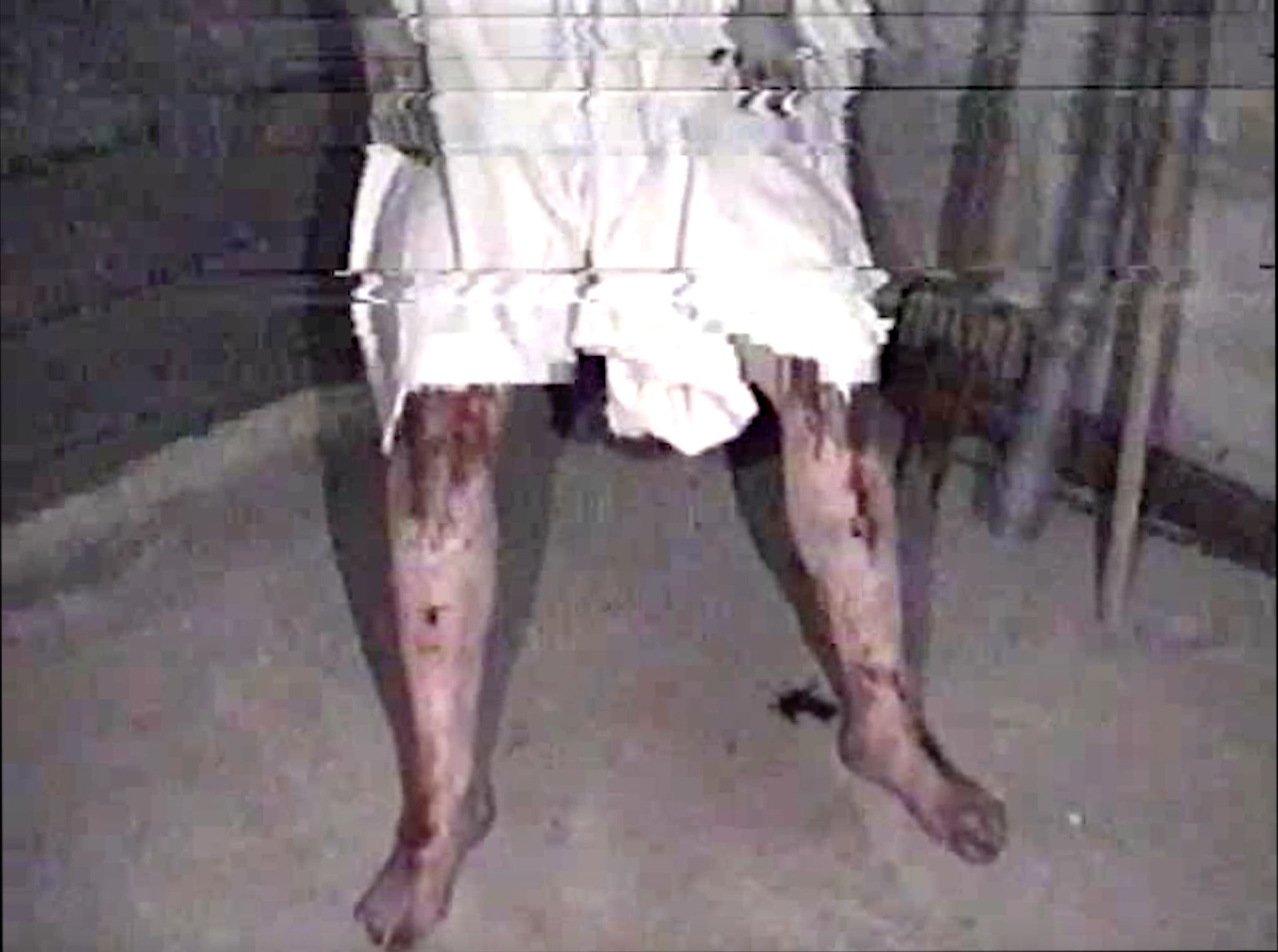
AC: Throughout your body of work, I noticed that the human body—sometimes yours, in images where you star yourself—is depicted as vulnerable, subjected, enslaved. It’s disturbing how much it offers itself to the voyeuristic gaze of the viewer.
MD: So much of True Crime was about investigating the role of the viewer, the voyeur, the violent gaze, and the damage it can do. Since I first began employing violence as a medium, I’ve watched online discourse move from diagnosing the true crime genre as guilty pleasure viewing to a feminist reclaiming to mainstream shlock to a predatory cottage industry. Regardless of shifting public opinion, the corpse remains at the center. Whether pictured or not, the specter of death is present. And though serial killers who targeted men and boys are made just as famous in the annals of American crime history and media, it is the image of the dead woman which garners obsession and fetishistic fixation. The nude bisected body of Elizabeth Short exists somewhere between pornography and a reclining Venus without organs. In “The Lady of the House of Love,” author Angela Carter describes a vampire as a “girl who is both death and the maiden.” By using my own “dead” body as the subject of my photos, I’m not only death and the maiden but both the victim and the perpetrator of murder.
AC: I feel like your practice flirts with the tension between visibility and its opposite. Images with unknown sources, objects that appear like glimpses of a story that we are unable to fully know. Basically, it is the contrary of the glam narrativization of horrors that true crime is based upon. But a story in half is way more disturbing than something that’s totally unveiled. You’ve mentionedyour attention to framing, and you’re also a writer, so you’re used to playing with choosing what to make visible and what to occult. How does this process work for you?
MD: I know I’m definitely not alone in being most intrigued by fragmented stories, mysteries, images which have no immediate context or relevance. I think this might also be why I like short stories and being dropped into the middle of a narrative so much. Catching a glimpse of a monster in the dark is always scarier than seeing it head-on, and sometimes the black and white crime scene photo with only an arm emerging from under a sheet is more haunting than the full color forensic documentation. But even the forensic photographer must make framing choices. The most information-heavy, aesthetically neutral crime scene photos also act as evidence of the photographer’s gaze.
For me, the choice of what to reveal and what to conceal is a natural one. I was inspired to incorporate the contextless image into my practice as I noticed a pattern of my work boomerang back to me on the internet sans context. I’ll stumble across it on Twitter or Instagram as a viral post without acknowledgement of it being mine—or even as being a piece of art. I am frequently sent photos I have made or images of myself, with a message along the lines of “this reminds me of you.” To me, it’s interesting to lean into creating the types of images which lend themselves to ad nauseum sharing, instead of attempting to constantly correct or assert authorship. Once my work hits the internet it’s not really mine anymore, whether I am intentionally anonymous or not. Fighting this reality feels like a losing battle, embracing it is way more fun.
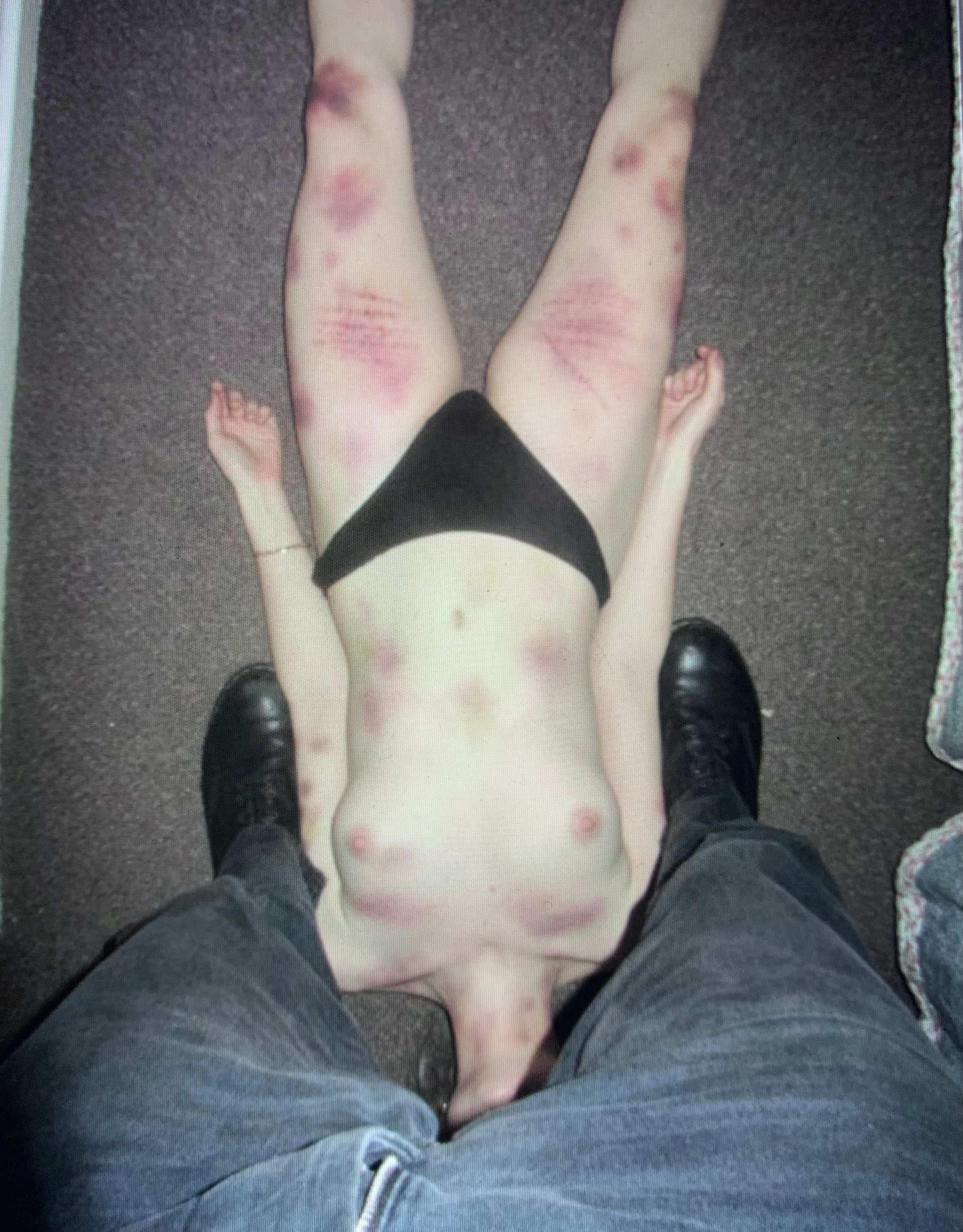
AC: In which ways do you think that the people who visited rotten.org are different from the ones consuming true crime podcasts today?
MD: There is an element of fantasy in the consumption of true crime, especially amongst women. I think it can be a type of LARP, where the murderers become boogeymen and the viewer momentarily embodies the role of victim—or maybe of the detective—without threat of peril. Morals and ethics are more likely to be policed within the true crime genre, as there is undoubtedly a “wrong” way to tell these stories in the eyes of many fans. As long as they are consuming the “right” type of media, they are able to indulge their most depraved thoughts while being protected by the familiarity of reality TV style jump cuts, talking head interviews, or a podcast ad breaking up the action. People who once frequented rotten.com are probably less concerned with respectability and are in more direct contact with these shadowy desires. There is little room for fantasy when looking at autopsy photos of shredded limbs, as is explicitly stated in the name of another popular gore site: Documenting Reality.
AC: In Allan Gardner’s interview with you, you say “America’s greatest export is pop culture, and specifically, I think crime.” I think that the extreme lore-ification of crime is a sort of folk concept for America. From Dahmer to the Columbine shooters, many different kinds of fandoms have grown around controversial figures; the lines between eroticism, love, admiration, horror and disgust can sometimes be thinner than what we expect. Do you condemn these kinds of behaviors or, rather, do you understand them?
MD: In my practice, it is deeply necessary to not over explain my personal opinions about certain subject matters. Often, I am trying to parse out where I stand through my work. I am not a neutral observer, because I cannot deny that it is my own fascinations and obsession which drive my interest in something like true crime, or really anything which has inspired a body of work.
Being an American, especially one who has lived overseas, has been a direct influence on my approach to violence in my art. The ways America reifies itself and replays its darkest moments through pop culture encourages the slippage between attraction and repulsion. Few things are more American than murderers on the cover of Rolling Stone, thrillers with villainous antiheroes, salacious Netflix documentaries, horror films and crime dramas replicating the brutality of humanity. I think it goes beyond the written arguments of “glamorizing” or “desensitizing.” There is something at work here, most notably and obviously in movies about actual crimes that have occurred in Los Angeles, that lulls us into a strange and sick familiarity. The sight of yellow crime scene tape and detectives in trench coats is at once a reality and a cliche, and because of that, witnessing such a scene in person can be less jarring than the movies would have you believe.
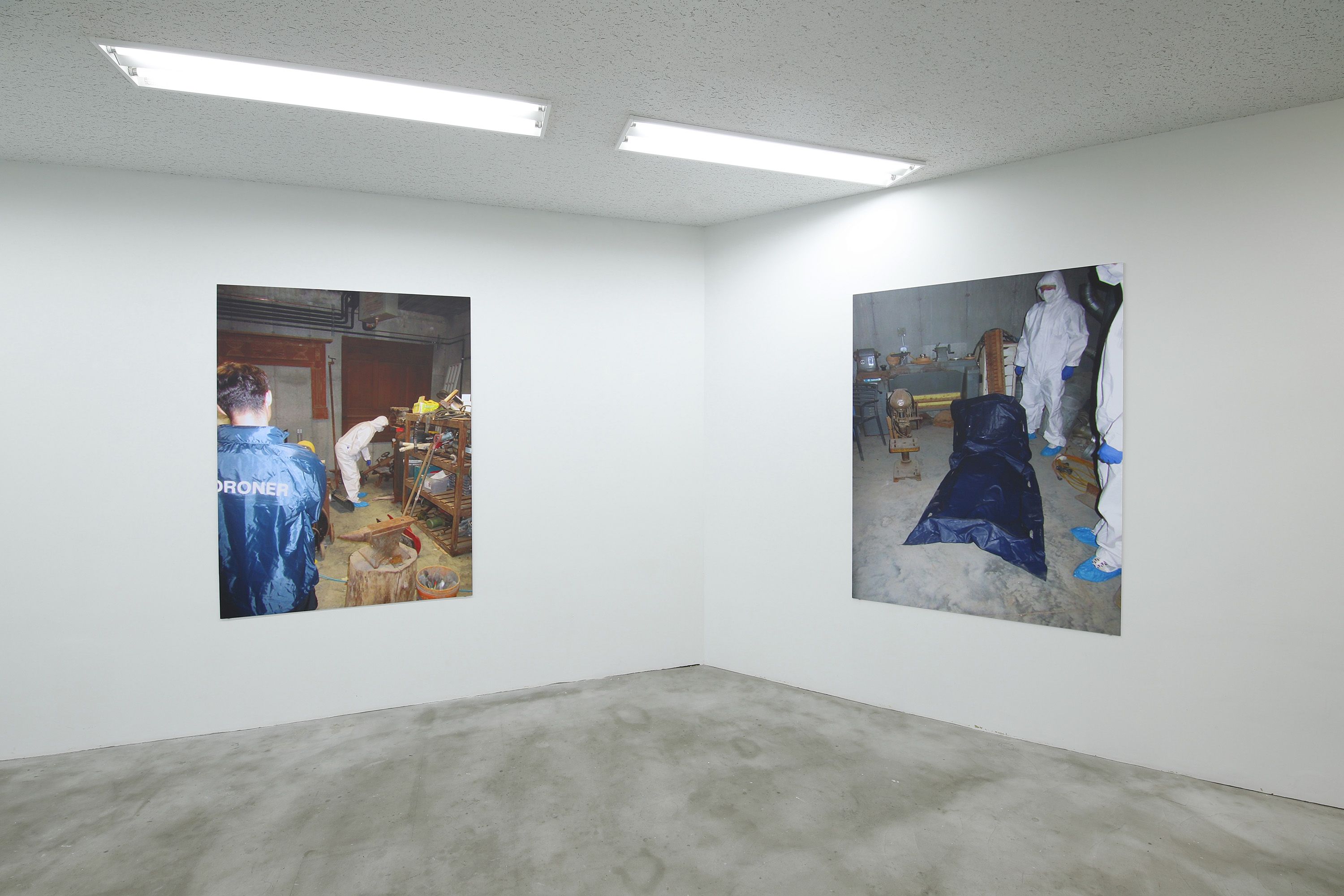
AC: Is there anything that can still shock people, and if so, what are the conditions for something to truly shock?
MD: I don’t know, I think it’s probably unwise to speak about people as a monolith—although that’s never stopped me before—as shock is completely subjective. Although it is present, shock is not my ultimate goal in my work. I’ve personally found it to be a difficult space to occupy, as the cultural threshold for what is shocking seems to fluctuate wildly and constantly. I have been surprised about the qualities in my work that people object to the most—it is not explicit depictions of gore that causes pearls to be clutched, but the more obscured, sometimes body-less aspects of the project. Maybe it is not the level of horror that people find shocking, but a perception that the world doesn’t work the way they thought it did. That maybe there is very little distance between the mundane and the abject. Or that an artist you thought was telling you the truth was actually taking you for a ride.
AC: What’s something that truly gives you the creeps?
MD: I had an experience of a cursed image finding me, like I described earlier. I was looking at the murderabilia marketplace supernaught.com and saw one of my own drawings on the home page. Almost ten years ago, I was doing freelance illustration work and I made a series of portraits of murderers, some of which were featured in an issue of Playboy magazine along with a profile of the hosts of The Last Podcast on the Left. One such portrait was of the BTK killer, Dennis Rader. A murderabilia peddler had taken a screenshot of my drawing from my website circa 2014 and mailed it to Rader in prison, where he signed, dated, and drew one of his infamous sigils on the back of my drawing. I obviously bought my unauthorized BTK collab, and after years of making work about evidence and objects holding psychic charge, I am now in possession of one such object, and it’s my own artwork. I’m not a psycho, so it obviously gives me the creeps to know that Rader has seen my drawings and has written my last name next to his in a sigil. I don’t know what compelled me to visit supernaught.com at just the right moment before the homepage repopulated or someone else purchased the autographed drawing. It is at once horrifying and titillating, and I couldn’t have faked a better conclusion to that project if I tried.
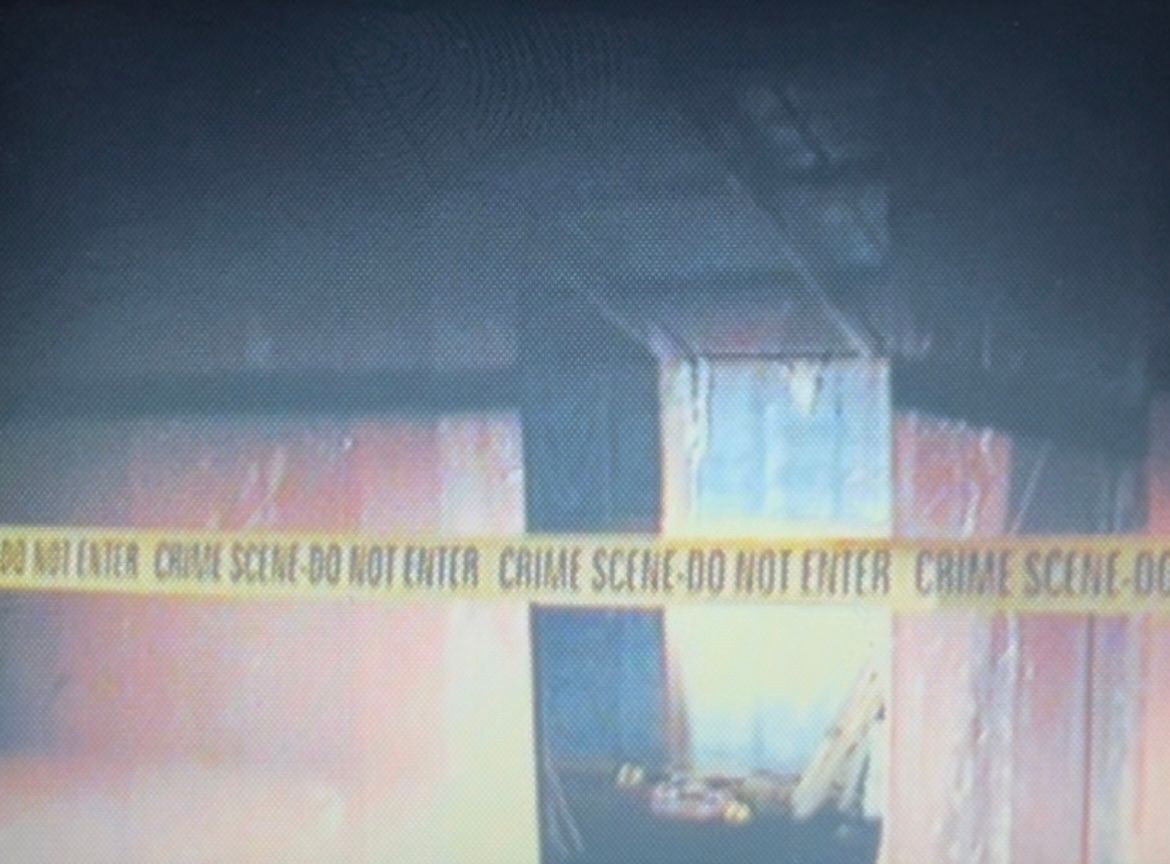
Credits
- Text: ARIANNA CASERTA